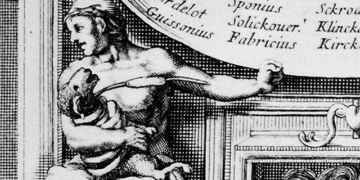The small country of Qatar in the Middle East has come a long way since gaining independence in 1971.
Qatar is currently attracting global attention as the 2022 World Cup is underway. With an area of just 11,571 km2, Qatar was previously not widely known beyond its prosperous economy.
In recent years, this Gulf nation has consistently ranked among the top 5 countries with the highest GDP per capita in the world. However, just 50 years ago, Qatar was merely a barren desert with one of the least developed economies in the Middle East.
The capital city, Doha, was primarily inhabited by pearl divers until the 1990s, when the country began to exploit its vast offshore natural gas reserves. After making significant investments in liquefied natural gas technology, Qatar is now one of the world’s leading exporters, boasting a national investment fund (known as the Qatar Investment Authority) valued at over $85 billion, according to CNN Money.
Today, it is home to some of the largest oil and gas companies in the country and has a population of nearly 2.4 million people.
Doha has rapidly developed. Due to the increasing commercial and business activities in Qatar, hundreds of new skyscrapers have been constructed in Doha in a very short time. Luxurious resorts, major shopping centers, and stunning artificial islands have also emerged.
The following images of Doha, then and now, will illustrate just how far Qatar, and its capital in particular, have come since gaining independence just a few decades ago.
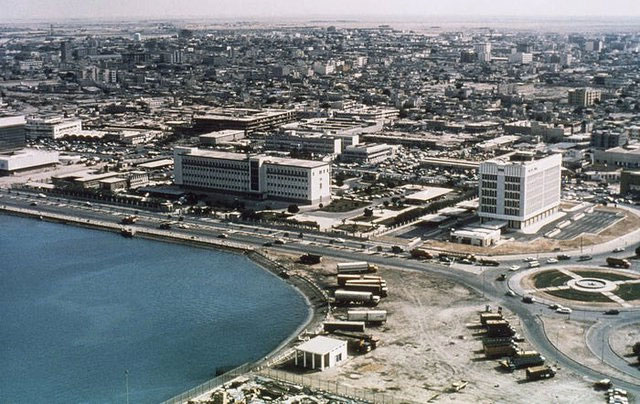
The capital of Qatar in 1977.
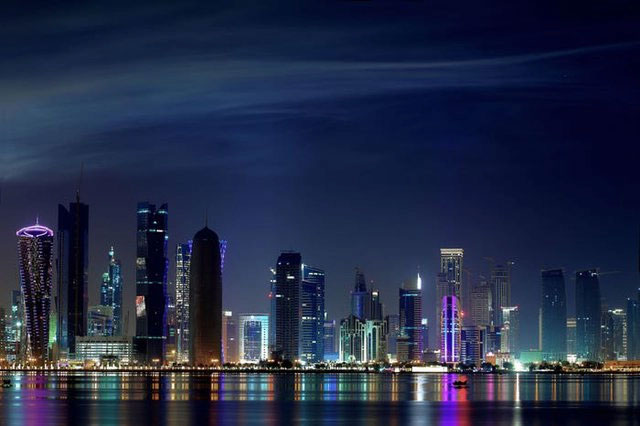
This is Doha today with its skyscrapers. Doha is now a bustling metropolis, a symbol of luxury and prosperity.
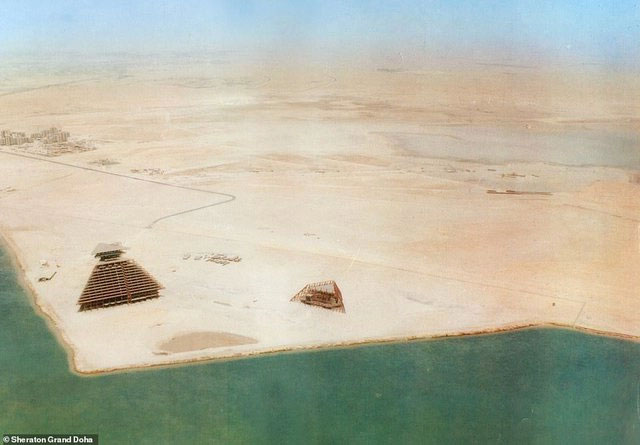
This photo was taken in the 1970s, showing the Sheraton Grand Doha Resort and Convention being constructed in the West Bay.
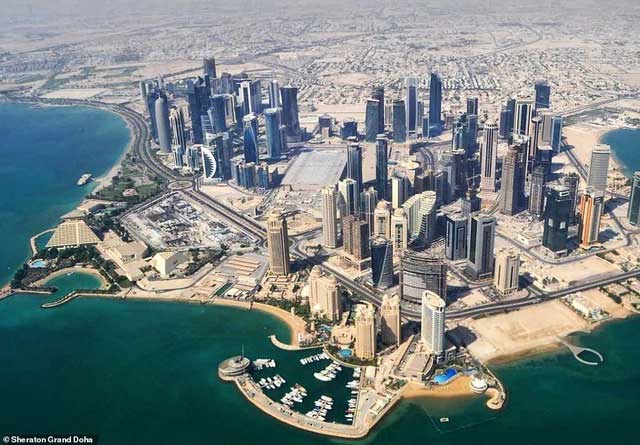
An incredible transformation of the region has taken place over decades. In contemporary Doha, the Sheraton stands tall among a forest of other skyscrapers.

The old palace of Sheikh Abdullah bin Jassim Al Thani is one of the most famous landmarks in Doha.
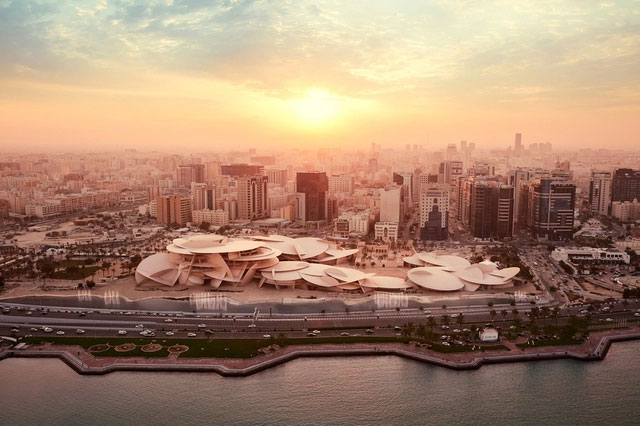
The palace is now surrounded by the National Museum of Qatar (NMoQ), which opened in 2019. The museum was designed by French architect Jean Nouvel, inspired by the “desert rose.”
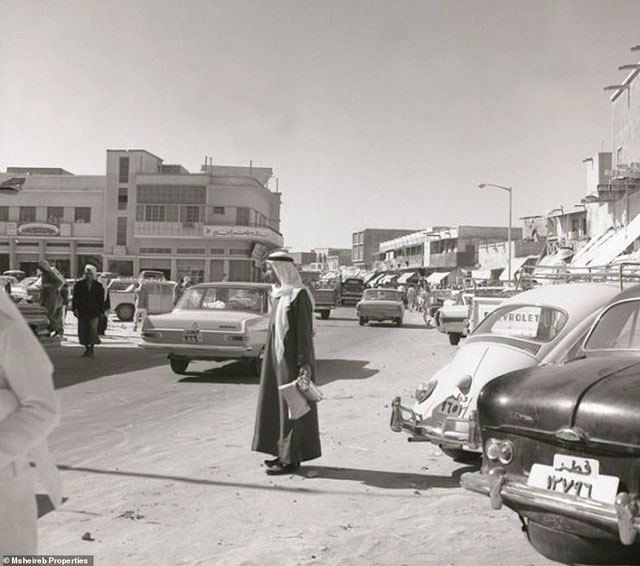
Al Kahraba Street in the Msheireb area of downtown Doha is part of the “world’s first sustainable downtown regeneration project.”
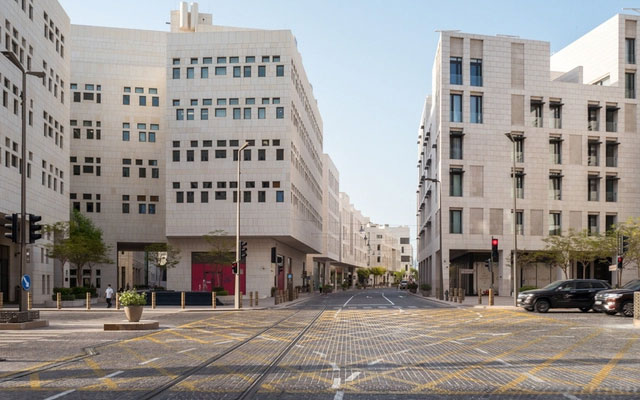
The project has revived the old commercial area with contemporary Qatari architecture.
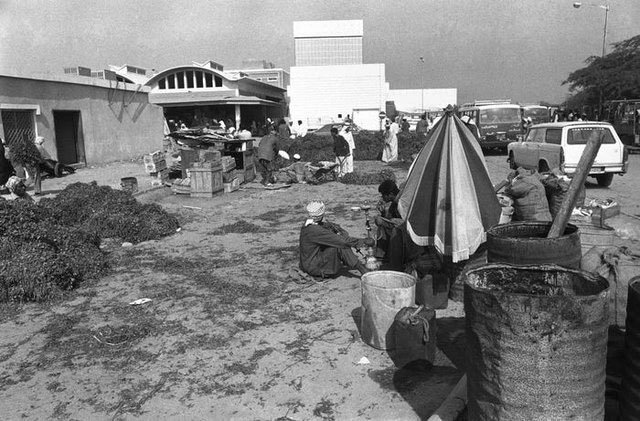
This is a part of Doha’s outdoor market in 1977. Piles of garbage and wandering people were not an uncommon sight.
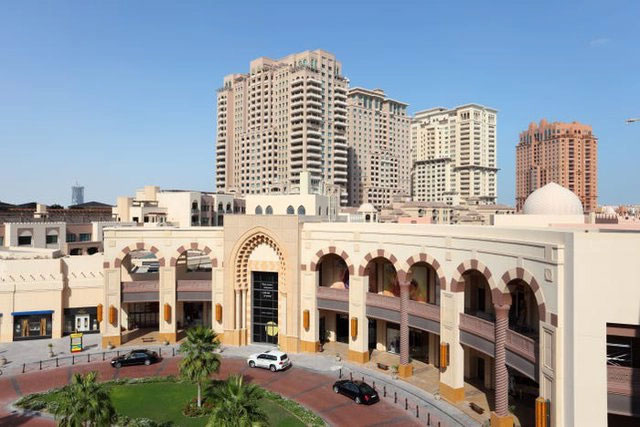
Doha is now filled with luxury shopping malls. This is a shopping center in Porto Arabia, overlooking the waterfront.
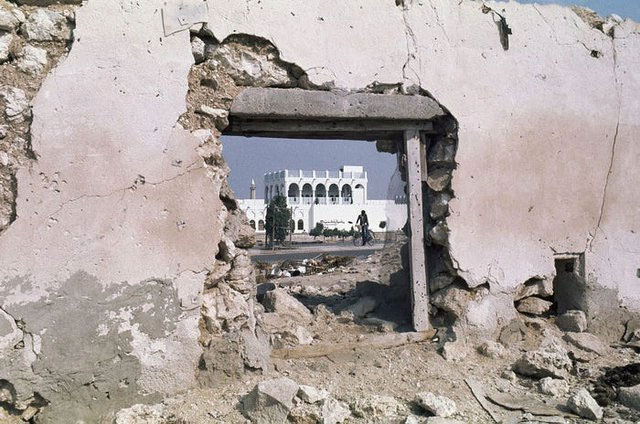
When it was first built in 1975, the National Museum of Qatar in Doha was considered a major construction. This photo was taken in 1977, with the museum “framed” by a part of the ruined old city.
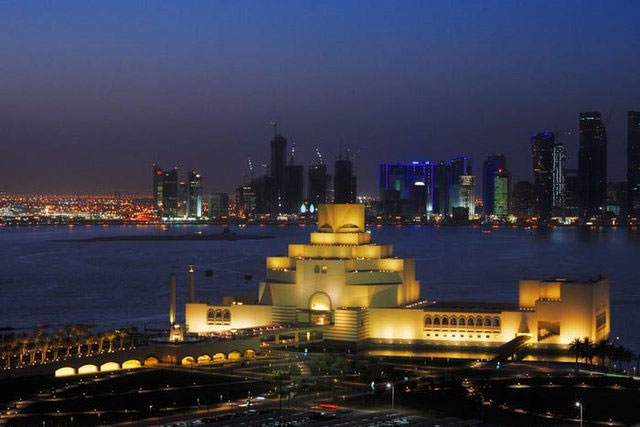
Today, Doha is internationally recognized for the Museum of Islamic Art. The museum houses a collection of manuscripts, textiles, and ceramics from the city.

The Sheikh’s palace in Doha, Qatar in 1971. The area was still incomplete.
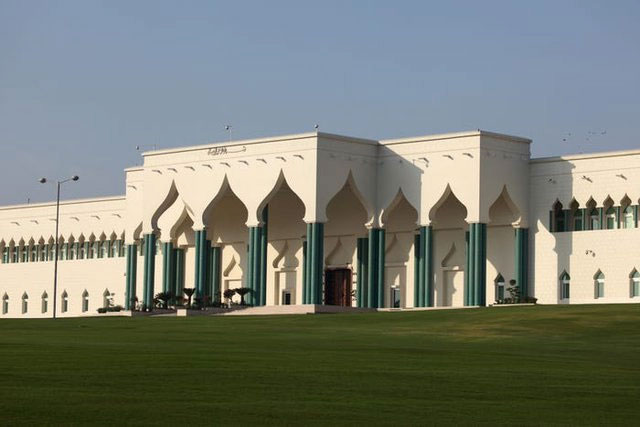
This is the Emiri Diwan (Palace of the Emir) today, with lush green grass and a meticulously maintained courtyard.
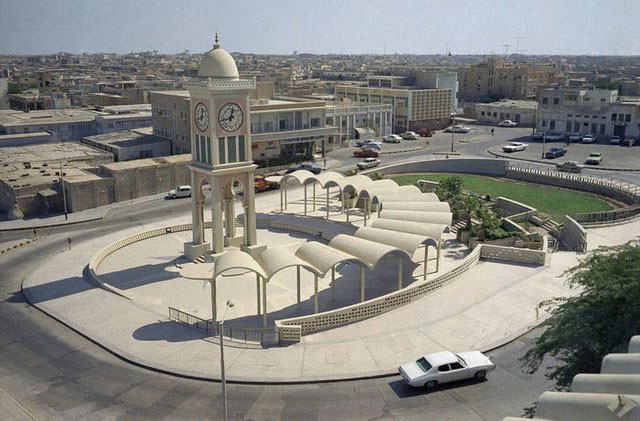
This is the clock tower in the industrial center of Doha in 1971.
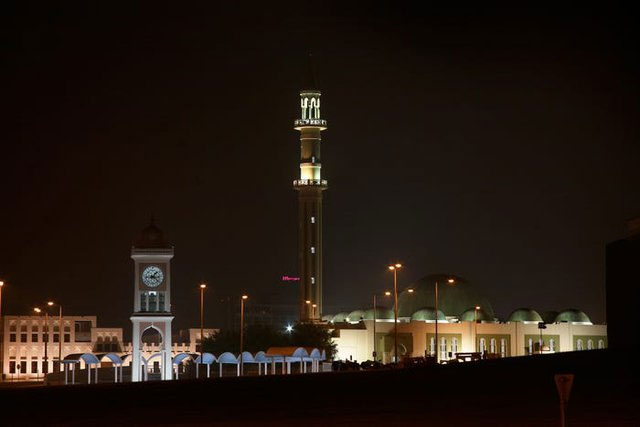
And this is the clock tower today, overshadowed by the Grand Mosque at the Emiri Palace in the background.




















































